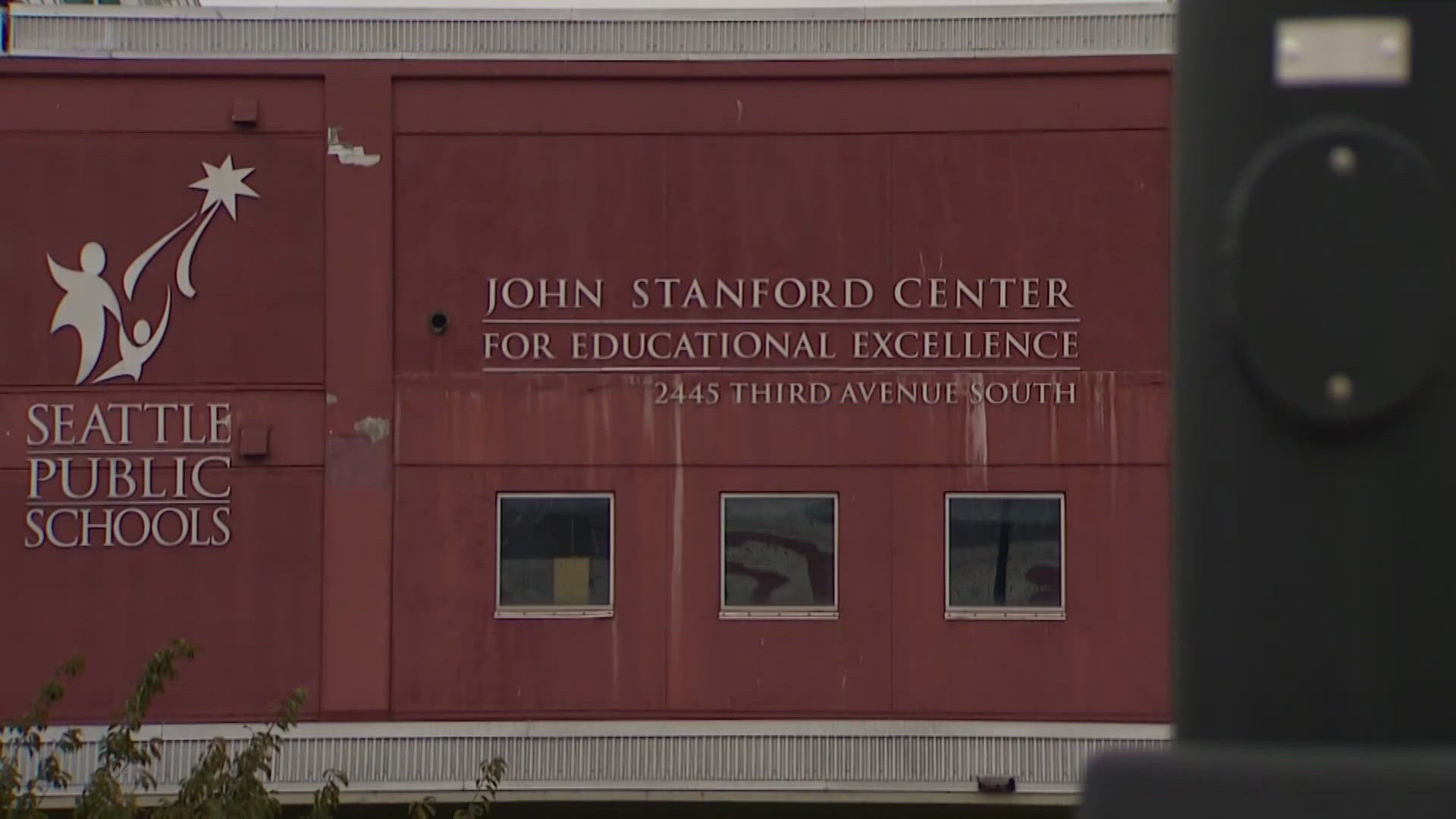Millions of Americans will set their clocks forward one hour on March, 10, 2024, as daylight saving time begins.
Americans in the 48 states that observe daylight saving time will then “fall back” one hour on Nov. 3, 2024.
If you dread changing the clocks twice a year, you’re not alone. Several recent polls have shown that the majority of Americans dislike the ritual. But it could become a thing of the past if the U.S. makes daylight saving time permanent.
Federal lawmakers have introduced legislation to make daylight saving time permanent throughout the country, citing alleged health and economic benefits. As the beginning of daylight saving time approaches in 2024, several VERIFY readers have asked if the government has officially made it permanent.
THE QUESTION
Has the U.S. government made daylight saving time permanent?
THE SOURCES
THE ANSWER
No, the U.S. government hasn’t made daylight saving time permanent.
WHAT WE FOUND
There have been multiple efforts in Congress to make daylight saving time permanent, but none of them have been successful yet.
Republican Florida Sen. Marco Rubio and Rep. Vern Buchanan first introduced a bill called The Sunshine Protection Act in March 2018. But the bill never made it to a vote of the full Senate or House.
If it had passed, the bill would have made daylight saving time the “new, permanent standard time” throughout the country. That means we wouldn’t change our clocks, or “fall back,” in November and would have a full year of daylight saving time instead of only eight months.
The bill has since been reintroduced several times in Congress. It gained some momentum when the Senate unanimously approved it in March 2022, but the House of Representatives did not pass the bill and it did not become law.
The most recent versions of the Sunshine Protection Act, which were reintroduced in March 2023, stalled in Congress.
That means Americans will still change their clocks twice a year in 2024.
Federal law doesn’t allow full-time daylight saving time, so Congress needs to act before states could implement it year-round, the National Conference of State Legislatures (NCSL) explains. States are allowed to exempt themselves from daylight saving time, meaning they stay in standard time for the full year.
In the last five years, 19 states have enacted legislation or passed resolutions in support of year-round daylight saving time, the NCSL says. But they can’t do anything unless Congress allows permanent daylight saving time.
Hawaii and Arizona – except for the Navajo Nation – are the only U.S. states that don’t observe daylight saving time. The territories of American Samoa, Guam, the Northern Mariana Islands, Puerto Rico and the U.S. Virgin Islands don’t observe daylight saving time, either.
States and territories that currently remain on year-round standard time would continue to do so if the Sunshine Protection Act is passed into law, Rubio said in 2022.
Switch between standard time and daylight saving time began over 50 years ago
The U.S. hasn’t always had set rules for daylight saving time. When World War I ended in 1945, the law instating national daylight saving time was repealed so states could establish their own standard time, according to the Department of Defense (DOD).
The lack of rules for daylight saving time led to “confusion for the transportation and broadcast industries,” the DOD said, leading Congress to pass the Uniform Time Act in 1966. The act established a national standard time and daylight saving time from the last Sunday in April to the last Sunday in October.
The dates to “spring” forward and “fall” back have since been changed. In 2005, former President George W. Bush implemented the current policy that extended daylight saving time by several weeks. Daylight saving time currently begins on the second Sunday in March and ends on the first Sunday in November.
The U.S. has also tried permanent daylight saving time before. In December 1973, former President Richard Nixon signed the Emergency Daylight Saving Time Energy Conservation Act, which placed the country on daylight saving time beginning Jan. 6, 1974. Nixon made the move in response to what he called an “energy crisis” in the country.
Dark mornings began to wear on people and year-round daylight saving time was scrapped in the fall of 1974, with clocks falling back on Oct. 27, the San Jose Mercury News reported in 2016.



